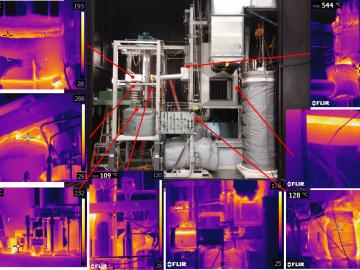
Filter News
Area of Research
- Advanced Manufacturing (34)
- Biological Systems (18)
- Biology and Environment (177)
- Biology and Soft Matter (5)
- Building Technologies (12)
- Chemical and Engineering Materials (4)
- Chemistry and Physics at Interfaces (11)
- Clean Energy (522)
- Climate and Environmental Systems (14)
- Computational Biology (6)
- Computational Chemistry (5)
- Computational Engineering (5)
- Computer Science (19)
- Data (1)
- Earth Sciences (1)
- Electricity and Smart Grid (3)
- Energy Frontier Research Centers (14)
- Energy Sciences (5)
- Fossil Energy (3)
- Fuel Cycle Science and Technology (3)
- Functional Materials for Energy (16)
- Fusion and Fission (54)
- Fusion Energy (19)
- Geographic Information Science and Technology (3)
- Isotope Development and Production (3)
- Isotopes (35)
- Materials (433)
- Materials Characterization (2)
- Materials for Computing (36)
- Materials Synthesis from Atoms to Systems (13)
- Materials Under Extremes (12)
- Mathematics (1)
- National Security (80)
- Neutron Data Analysis and Visualization (4)
- Neutron Science (190)
- Nuclear Science and Technology (74)
- Nuclear Systems Modeling, Simulation and Validation (3)
- Nuclear Systems Technology (1)
- Quantum Condensed Matter (4)
- Quantum information Science (9)
- Reactor Technology (1)
- Renewable Energy (4)
- Sensors and Controls (5)
- Supercomputing (312)
- Transportation Systems (11)
News Type
Date
News Topics
- 3-D Printing/Advanced Manufacturing (127)
- Advanced Reactors (34)
- Artificial Intelligence (100)
- Big Data (60)
- Bioenergy (92)
- Biology (101)
- Biomedical (60)
- Biotechnology (24)
- Buildings (64)
- Chemical Sciences (72)
- Clean Water (31)
- Climate Change (104)
- Composites (30)
- Computer Science (197)
- Coronavirus (46)
- Critical Materials (29)
- Cybersecurity (35)
- Decarbonization (84)
- Education (4)
- Element Discovery (1)
- Emergency (2)
- Energy Storage (112)
- Environment (199)
- Exascale Computing (42)
- Fossil Energy (6)
- Frontier (45)
- Fusion (58)
- Grid (66)
- High-Performance Computing (93)
- Hydropower (11)
- Irradiation (3)
- Isotopes (56)
- ITER (7)
- Machine Learning (50)
- Materials (147)
- Materials Science (146)
- Mathematics (9)
- Mercury (12)
- Microelectronics (4)
- Microscopy (51)
- Molten Salt (9)
- Nanotechnology (60)
- National Security (71)
- Net Zero (14)
- Neutron Science (135)
- Nuclear Energy (111)
- Partnerships (50)
- Physics (64)
- Polymers (33)
- Quantum Computing (37)
- Quantum Science (71)
- Renewable Energy (2)
- Security (25)
- Simulation (51)
- Software (1)
- Space Exploration (25)
- Statistics (3)
- Summit (59)
- Sustainable Energy (130)
- Transformational Challenge Reactor (7)
- Transportation (97)
Media Contacts

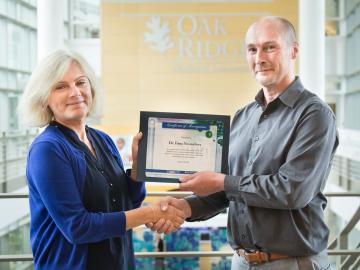
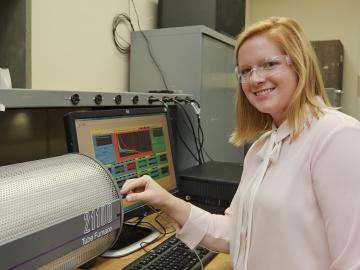

ORNL helps develop hybrid computational strategy for efficient sequencing of massive genome datasets
Computing experts at the Department of Energy’s Oak Ridge National Laboratory collaborated with a team of university researchers and software companies to develop a novel hybrid computational strategy to efficiently discover genetic variants
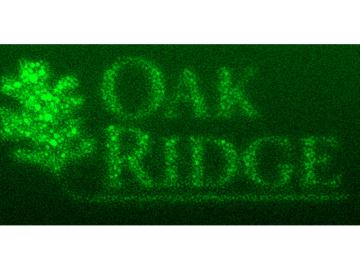

The Department of Energy’s Oak Ridge National Laboratory has received funding from DOE’s Exascale Computing Project (ECP) to develop applications for future exascale systems that will be 50 to 100 times more powerful than today’s fastest supercomputers.
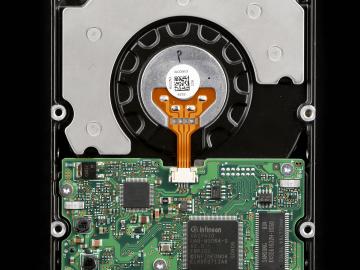
The Department of Energy’s Oak Ridge National Laboratory and Momentum Technologies have signed a non-exclusive licensing agreement for an ORNL process designed to recover rare earth magnets from used computer hard drives. The patent-pending process developed as par...
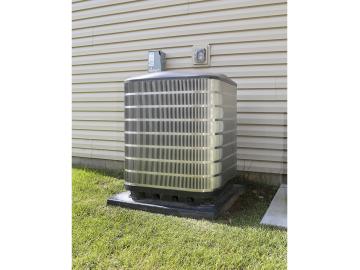

Keeping energy-concentrating mirrors at solar thermal power plants free from dirt is both labor and time intensive. Researchers at Oak Ridge National Laboratory are working to address the challenge with lab-developed superhydrophobic coating technology. “We’ve shown that applying...
